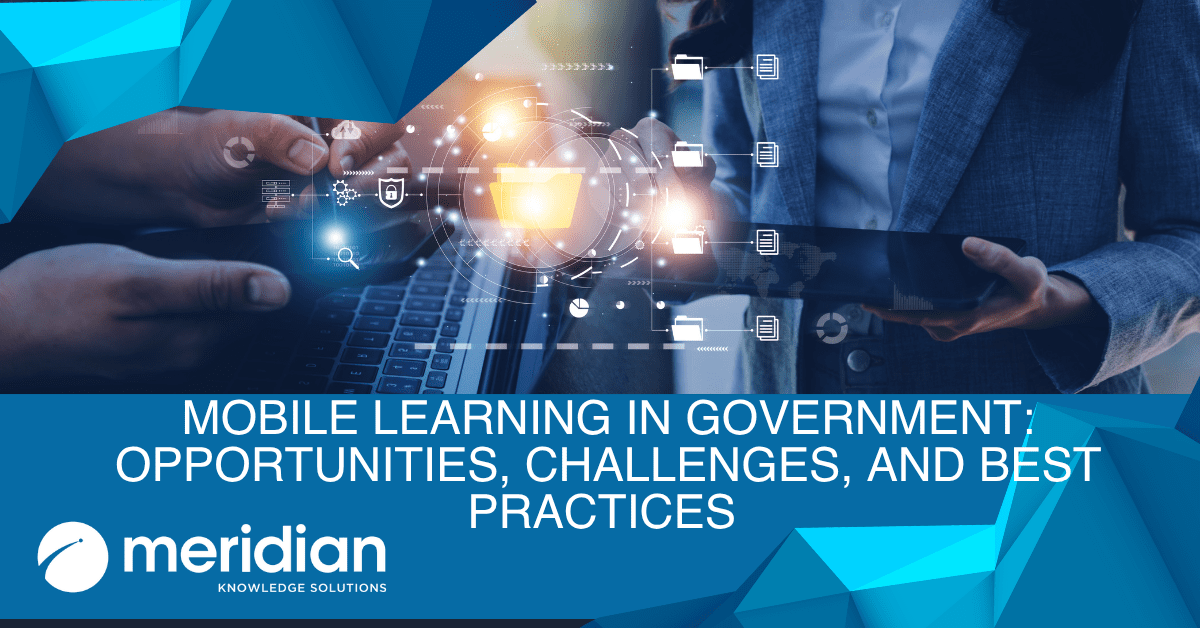
The corporate learning and development landscape has evolved dramatically over the past few years. As organizations grow, there has been an increasing need to deliver training that best meets the needs and capabilities of a diverse workforce. While many L&D professionals recognize that training cannot be a one-time event, they often face time, cost, and space constraints that make it challenging to deliver training at learners’ moments of need.
Organizations have turned to blended and hybrid learning to tackle this issue. The blended learning model includes both a virtual or face-to-face setting and a virtual or eLearning environment, combining the best features of in-person teaching with technology-based eLearning methods. With blended learning, learners can participate in instructor-led training while enjoying the flexibility of online training.
There are various online platforms these days offering such training programs. For these learners to choose a platform, there are reviews available on websites such as Get Educated. Online (those interested can find out about GEO). All these resources can certainly help anyone who cannot attend classes in person or wants to learn while working full-time.
No matter whether organizations are training their employees, partners, and customers or planning compliance training, blended learning can provide some benefits:
While blended learning combines in-person and online learning, hybrid learning focuses on finding a balance between the two that best fits learners’ specific needs. In hybrid courses, asynchronous learning (such as self-paced courses and video instruction) and synchronous learning (such as face-to-face sessions) together produce the best model for learners.
The best learning model allows learners to interact with training content through custom eLearning practices before, during, and after face-to-face instruction. Some benefits of hybrid learning include:
When using blended or hybrid learning, the goal is to combine the strengths of traditional and online learning to create a more engaging learning experience for learners. Through blended learning, organizations gain an advantage in improving training effectiveness and knowledge retention. As travel becomes less frequent and remote work continues nationwide, organizations are stepping back from traditional on-site training and shifting to blended or hybrid learning models.